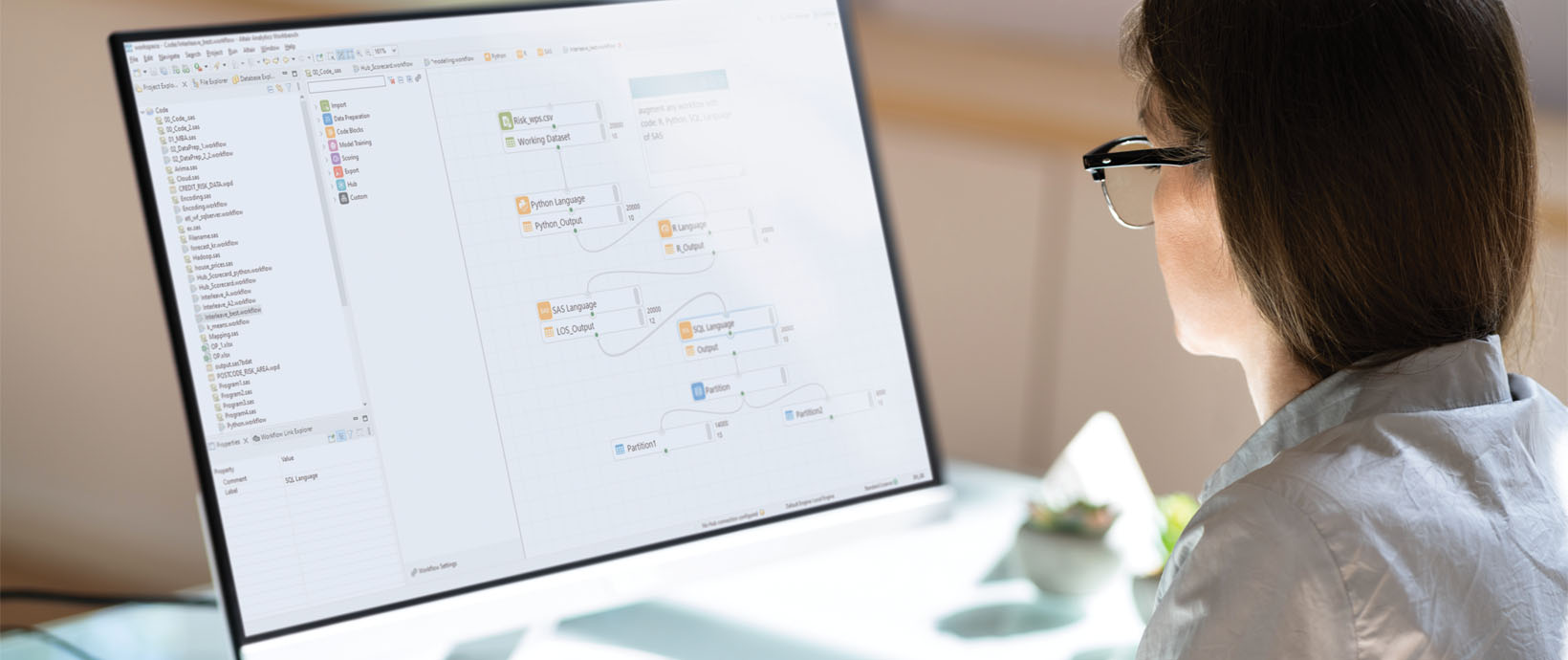The Data-driven Mission to Save One Million Lives
Every year, more than one million people are killed in traffic accidents. It’s a staggering statistic, and particularly so since the single biggest cause of these deaths is human error.
One of the best arguments for perfecting and commercializing autonomous vehicles is that it’ll save lives. But doing so is anything but straightforward. Removing human drivers from the equation will be the most profound change in automobile history.
Of course, we’re making progress, as the proliferation of active safety systems like emergency autonomous braking (EAB) in mass market vehicles demonstrates. But extending, advancing, and integrating them into a viable autonomous vehicle is an entirely different hurdle.
The main problem is the sheer number of variables that manufacturers must consider. For system designers, it means manipulating and interpreting a tsunami of data. Few people understand this better than Vanessa Eriksson, a guest featured in season two of Future Says, our ongoing series of interviews with the brightest minds in the artificial intelligence (AI) industry.
As the chief digital officer (CDO) at Zenseact, Eriksson is at the forefront of the race to create a software platform for the world’s first series-production autonomous car. Zenseact’s lead customer is Volvo – a brand synonymous with road safety – who’s committed to the pursuit of zero accidents. As Eriksson emphasizes, “’Safety first’ dominates everything we do, and we can achieve it by letting the car do the driving.”
Data from test cars is the raw material for Zenseact’s design and development team in Sweden. Each of these vehicles has 23 different sensors – radar, sonar, and video – that generate 50 terabytes of data a day. Eriksson says managing that data requires foundational commitments: ensuring appropriate access to data throughout Zenseact, sharing that data between a wide ecosystem of partners, innovating and planning for the future, and, most importantly, ensuring effective accountability and governance.
A range of regulations and best practices must be observed. But Eriksson knows following these is about more than staying on the right side of the law – organizations and individuals must act conscionably. They should always ask themselves, “Why are we using this data? Do we have the customer’s consent?”
During her interview with host Sean Lang, she champions and defines her emerging role as CDO and highlights the need for diversity. Technology is a male-dominated industry, but diversity is about much more than gender. Increasing diversity by embracing people regardless of race, gender, socioeconomic background, and sexual identity creates a dynamic, agile, and forward-thinking work environment – a key component to any successful organization.
Eriksson explains the ever-present dichotomy every data-driven project faces. “We need more data; we need less data!” And she outlines how evolving concepts like federated learning and swarm learning will address this dichotomy in the years ahead. Both approaches eliminate the need to transmit data for storage in a central server. With federated learning, data is instead sent to an aggregator, where an algorithm is applied and then results are sent straight back to the vehicle. With swarm learning, the cars become the aggregator, and the outputs are shared directly with other vehicles.
That a single fatal accident involving a prototype autonomous car can make headlines around the world while the cost of human error on the world’s roads goes unchallenged shows how AI is often misunderstood. At the same time, few demonstrate the benefits of AI better than Zenseact. With more than a million lives at stake every year, the future of smarter, safer driving can’t come soon enough.
Click here to watch our full interview with Eriksson and catch up with all the other episodes of Future Says.




